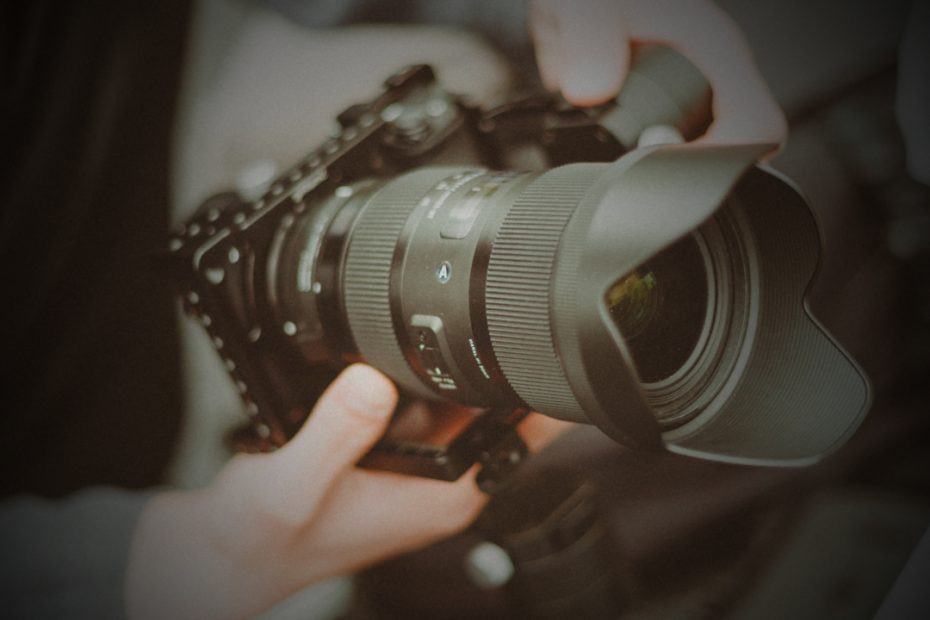Whether you’re just starting out in photography or you’ve been practicing for a while, finding your niche can be a challenging but rewarding process.
A niche is simply a specific area of focus within a larger industry, and in the world of photography, it could be anything from portrait photography to landscape photography to product photography.
By finding your niche, you can hone your skills, build a strong portfolio, and set yourself apart from other photographers. In this tutorial, we’ll explore some tips and techniques for discovering your photography niche and how to make the most of it. So let’s get started!
Reflect on your interests and passions
This is an important step in discovering your photography niche. By considering what you enjoy doing and what subjects you find most interesting, you can begin to narrow down the focus of your work and find a niche that resonates with you.
It’s important to choose a niche that you are genuinely interested in, as this will make the process of creating and sharing your work more enjoyable.
When you are passionate about/ your work, it shows in the final product and can help you stand out in a crowded market. So take some time to really think about/ what you enjoy doing and what subjects you find most interesting, and consider how these interests might translate into a photography niche.
Consider your strengths and skills
By identifying what you are naturally good at, you can narrow down your focus and find a niche that suits your unique talents.
For example, if you have a knack for capturing candid moments, you might consider specializing in candid or reportage photography. If you excel at creating beautiful compositions, you might consider focusing on fine art photography or conceptual photography.
It’s important to be honest with yourself about/ your strengths and skills as a photographer. While it’s always good to strive to improve and learn new things, it’s also important to recognize what you are naturally good at and consider how these strengths can help you stand out in the market.
Research the market
By taking some time to research what types of photography are in demand and what gaps exist in the market, you can gain a better understanding of what clients and consumers are looking for and identify potential niches to explore.
To research the market, you can start by looking at websites and social media platforms that showcase different types of photography. Pay attention to which types of images are getting the most attention and engagement, and consider whether these styles align with your interests and strengths as a photographer.
By researching the market, you can gain a better understanding of what types of photography are in demand and identify potential niches that align with your interests and skills as a photographer.
Experiment and try new things
It’s important not to be afraid to try out different styles of photography and see what resonates with you. By stepping outside your comfort zone and trying new things, you may discover a niche that you hadn’t considered before.
You can take into account the following points to get out of your comfort zone:
- Take on new challenges: Consider taking on a new type of photography project or subject matter. For example, if you typically shoot portraits, try shooting a landscape or still life. This will help you explore new areas of photography and see what you enjoy most.
- Play with different styles: Experiment with different styles of photography, such as black and white, color, or abstract. This will help you explore different approaches to creating images and see what works best for you.
- Collaborate with others: Collaborating with other photographers or artists can help you learn new techniques and styles. Consider working with someone who has a different photography niche than you to see how you can learn from each other.
Conclusion:
Remember, finding your niche is a process, and it may take some time and experimentation to discover what feels right for you. The most important thing is to stay true to your interests and passions and to keep learning and improving your skills.
